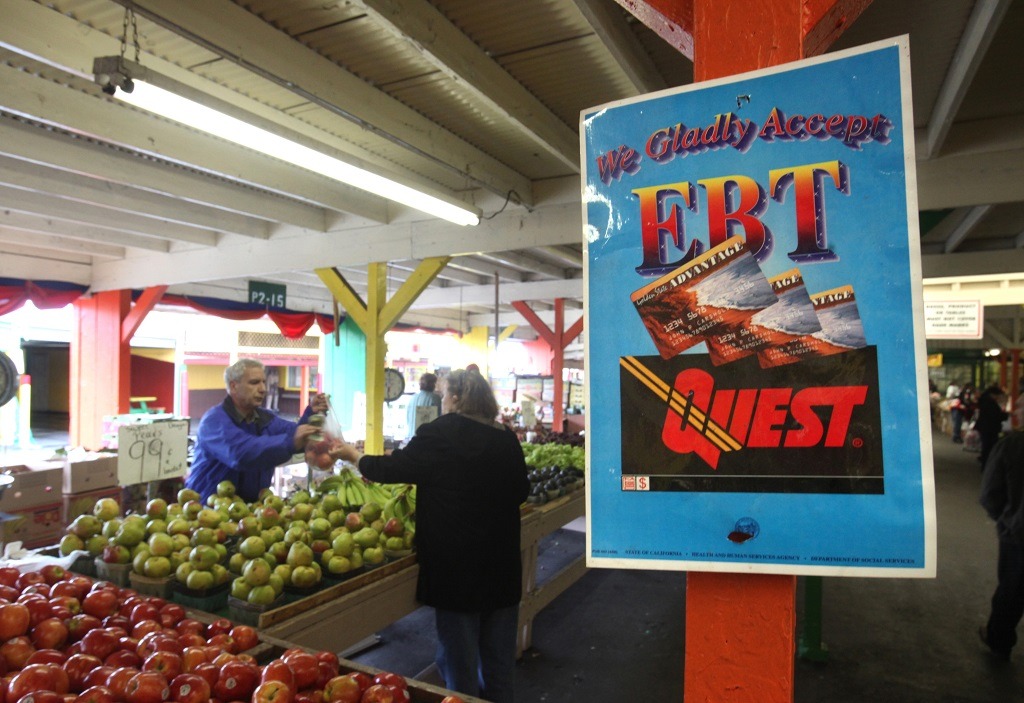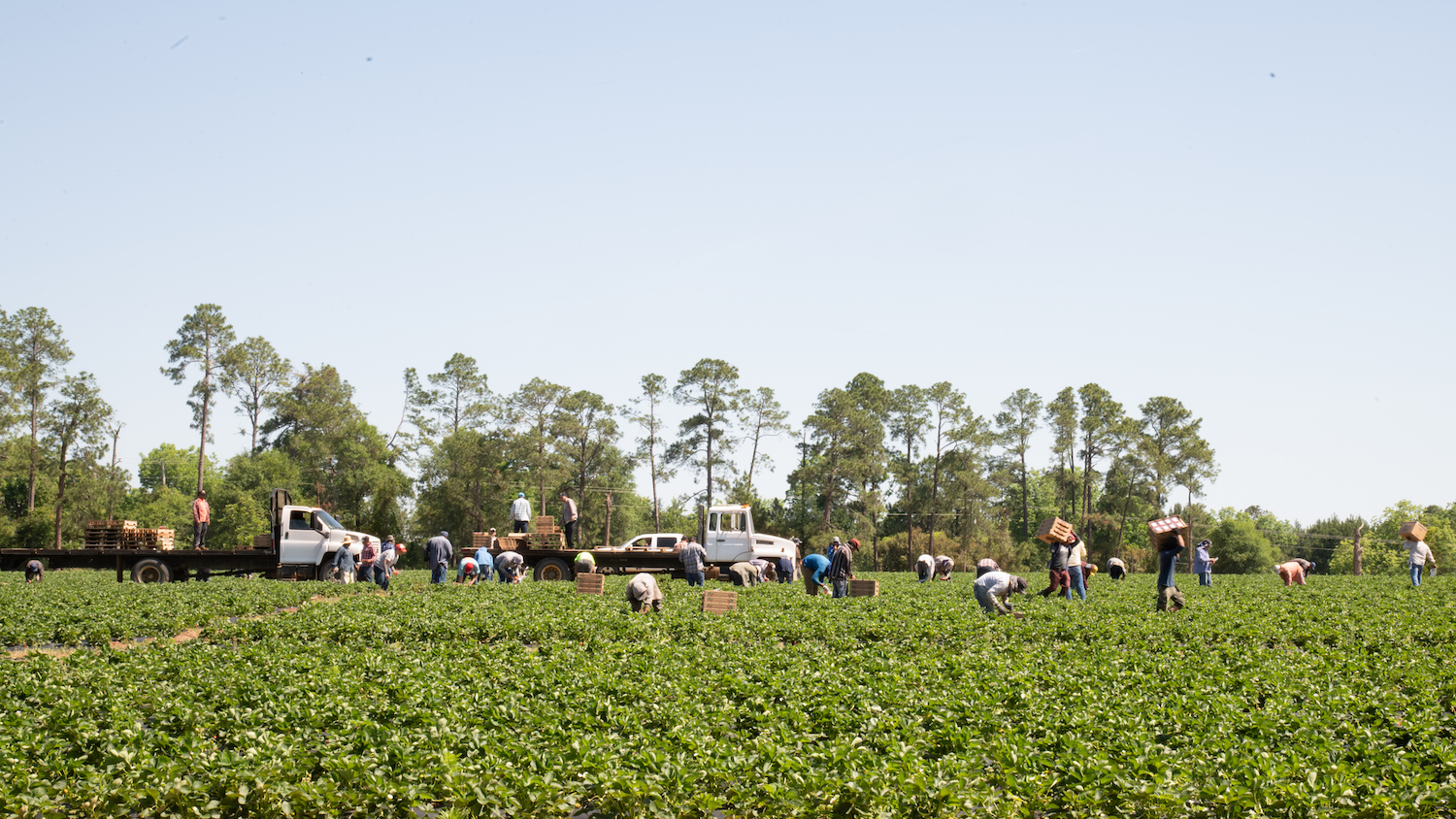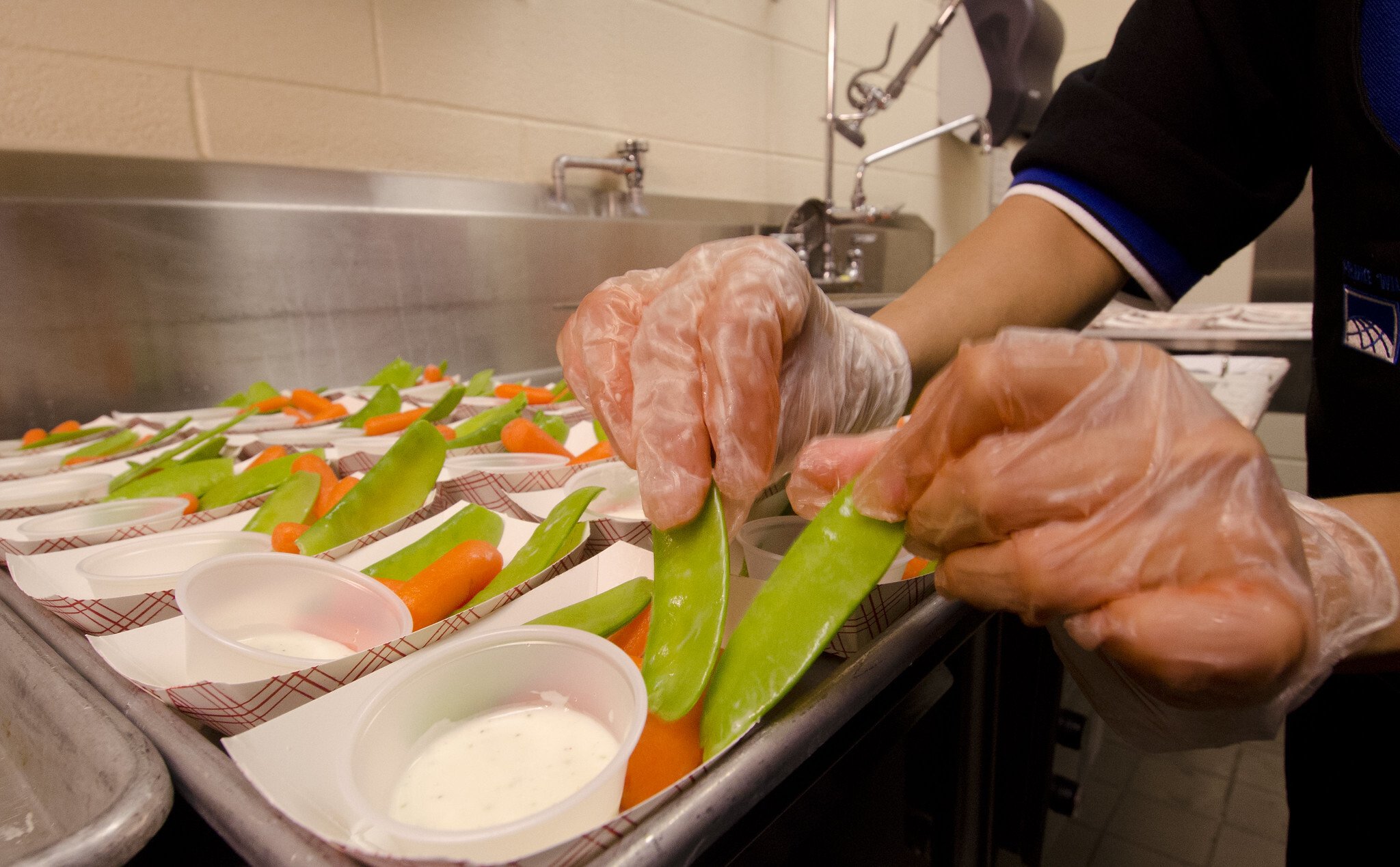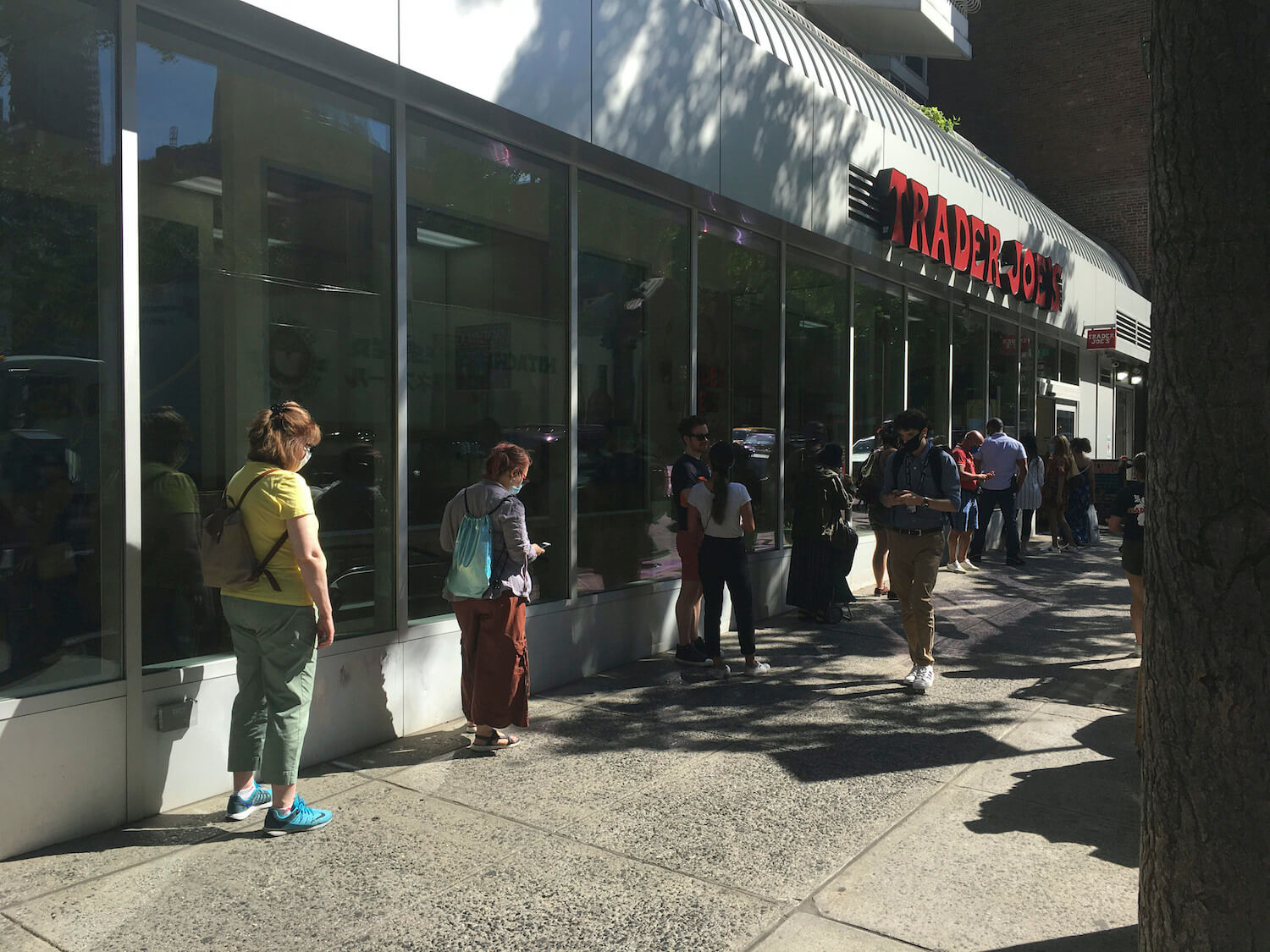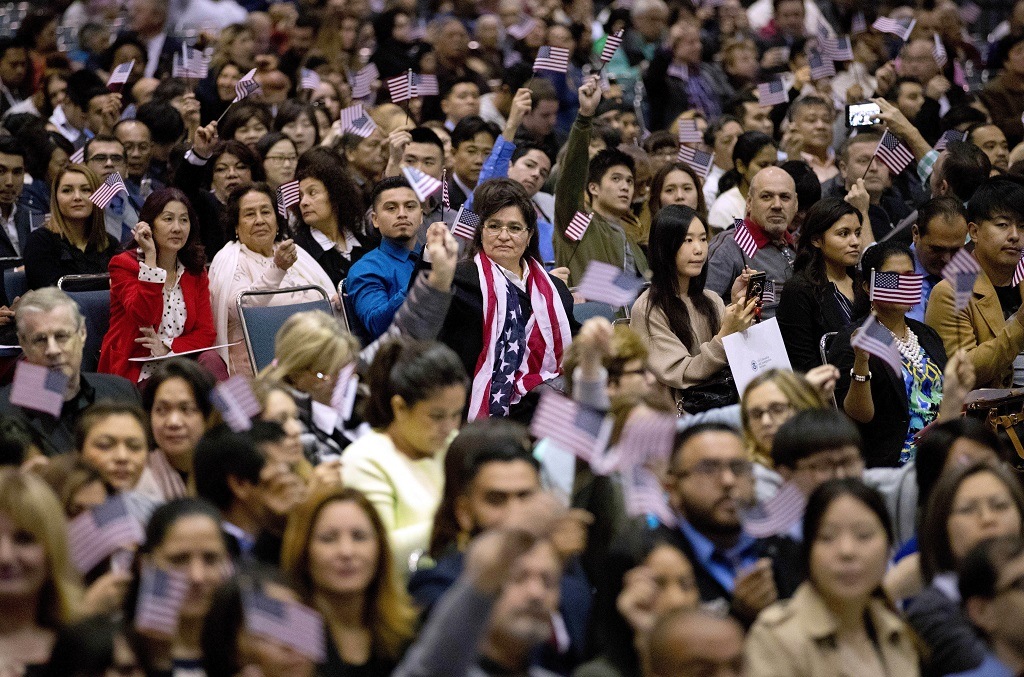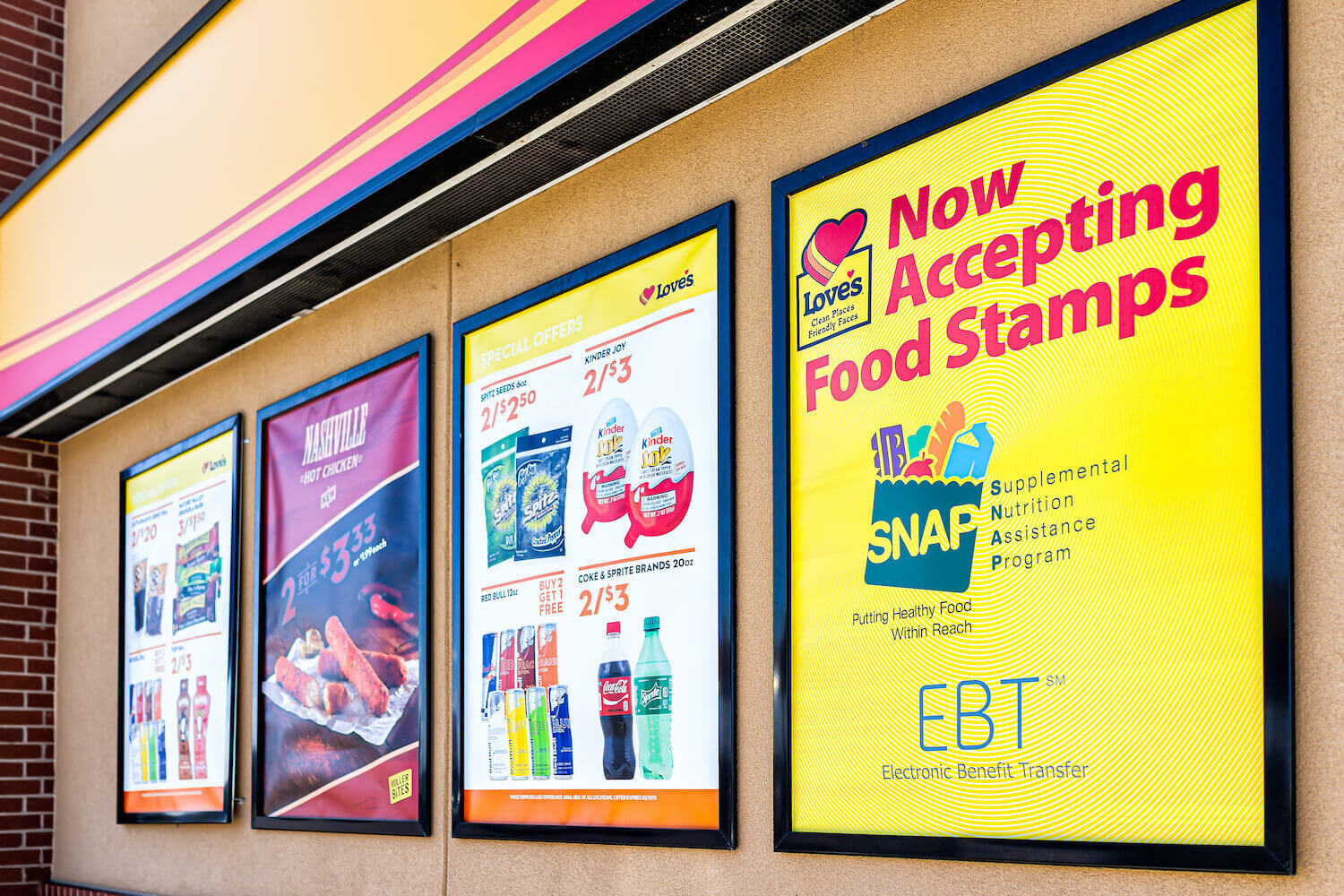
iStock / ablokhin
A temporary move allows officials to continue to weigh SNAP use in applications for permanent residency—for now.
The U.S. Court of Appeals for the Seventh Circuit has stayed a federal judge’s Monday ruling that would have blocked the Trump administration’s controversial “public charge” rule. For now, this means immigration officials can continue to deny permanent residency to immigrants based on their legal use of government benefits, including the Supplemental Nutrition Assistance Program (SNAP, formerly known as food stamps).
Previously the “public charge” designation—grounds on which authorities could deny permanent residency—applied only to those who received cash benefits or relied on long-term institutional care. In September of 2018, the Trump administration introduced a rule expanding the factors that U.S. Citizenship and Immigration Services (USCIS) could consider when determining whether a green card applicant is likely to become a burden on taxpayers. Under the new rule, those criteria now include food assistance, Medicaid, and housing assistance.
“Unfortunately, as a result of the change in the ruling, our community is going to continue to live in fear.”
The rule was met with immense pushback from local governments, including the city of San Francisco and states like New York and Washington. Immigrant rights advocates argued that it would sow fear and confusion among many immigrants, including those in categories exempt from the rule such as refugees and asylum seekers. In fact, a survey of 35,000 mothers found that food stamps participation among eligible immigrant families plummeted by 10 percent before the rule was even finalized. Advocates for immigrants argued that the rule would have a similar chilling effect across all forms of assistance, including those not included in it such as Covid-19 testing and treatment.
“Many families have not wanted to get tested out of fear that if [a service] is government-administered or government-funded, it could impact that even though that’s incorrect,” said Luvia Quiñones, health policy director for the Illinois Coalition for Immigrant and Refugee Rights.
Quiñones expressed frustration at the latest move, pointing out that it would discourage many from accessing much-needed food and health care assistance, particularly during the pandemic.
“Unfortunately, as a result of the change in the ruling, our community is going to continue to live in fear, as well as suffer anxiety, and [families] are going to forego necessary services,” she said.
“This is just unfortunately what we hope is a temporary setback.”
A federal judge in New York had previously issued an injunction blocking the rule in October of last year. However, in February of 2020, the Supreme Court stepped in to allow the rule to take effect nationwide while related lawsuits wound their way through the lower courts. In July, a federal judge blocked the rule once more during the coronavirus pandemic—a reprieve that an appellate court later limited to just New York, Vermont, and Connecticut.
Monday’s ruling stems from a lawsuit filed by Cook County, Illinois, and the Illinois Coalition for Immigrant and Refugee Rights against the Department of Homeland Security (DHS), USCIS’s parent agency. After DHS appealed the ruling, the Seventh Circuit allowed the agency to resume the rule at least through November 17.
Nevertheless, the lawyers involved in the case have signaled that they will continue to defend Monday’s win.
“The fight isn’t over,” said Militza Pagán, a staff attorney at the Shriver Center on Poverty Law, which represents plaintiffs in the case. “This is just unfortunately what we hope is a temporary setback.”

